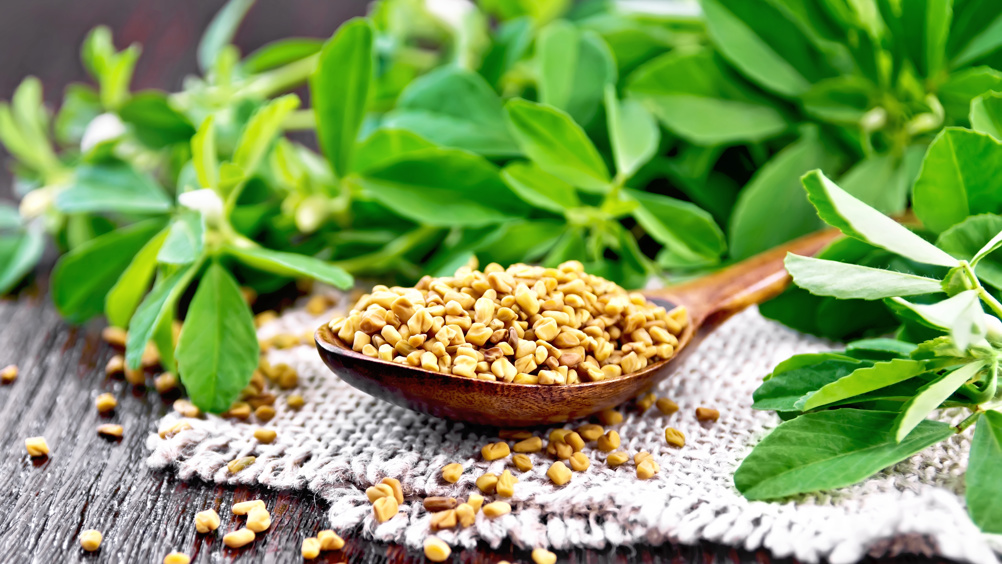References
Effect of hydroalcoholic extract of Trigonella foenum-graecum leaves on wound healing in type 1 diabetic rats

Abstract
Diabetes describes a group of metabolic disorders characterised by increased blood glucose concentration. People living with diabetes have a higher risk of morbidity and mortality than the general population. In 2015 it was estimated that there were 415 million (uncertainty interval: 340–536 million) people with diabetes aged 20–79 years, and 5.0 million deaths attributable to diabetes. When diabetic patients develop an ulcer, they become at high risk for major complications, including infection and amputation. The pathophysiologic relationship between diabetes and impaired healing is complex. Vascular, neuropathic, immune function, and biochemical abnormalities each contribute to the altered tissue repair. The use of herbal medicine has increased and attracted the attention of many researchers all over the world. In this study, we have evaluated the effect of 500mg/kg hydroalcoholic extract of Trigonella foenum-graecum leaves (TFG-E) on wound healing in diabetic rats using a full-thickness cutaneous incisional wound model. Wounds of treated animals showed better tensiometric indices, accelerated wound contraction, faster re-epithelialisation, improved neovascularisation, better modulation of fibroblasts and macrophage presence in the wound bed and moderate collagen formation.
It was estimated that in 2017 there were 451 million (age 18–99 years) people with diabetes worldwide. These figures were expected to increase to 693 million by 2045. It was estimated that almost half of all people (49.7%) living with diabetes are undiagnosed.1 People with diabetes have an increased risk of developing a number of life-threatening health problems, resulting in higher medical care costs, reduced quality of life (QoL) and increased mortality.2 Reports of an increased incidence of wound complications in surgical patients with diabetes may actually reflect the increased incidence of general surgical risks or metabolic abnormalities associated with diabetes.3,4 A number of factors, such as age, obesity, malnutrition, macrovascular and microvascular diseases, and malfunction of the immune system may contribute to wound infection and delayed wound healing, especially in patients with diabetes.5,6
Register now to continue reading
Thank you for visiting Journal of Wound Care's World Union of Wound Healing Supplement and reading some of our peer-reviewed resources for healthcare professionals. To read more, please register today.
